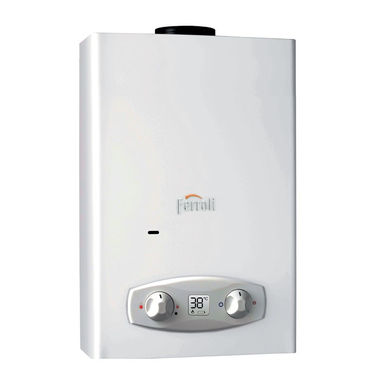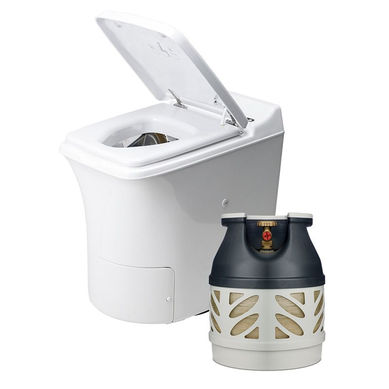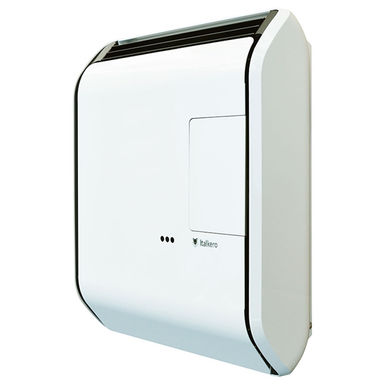OFF-GRID SOLUTIONS
Become truly self-sufficient and independent wherever you are by choosing our off-grid solutions for energy, heating, water supply, wastewater & toilet waste.
ENERGY
If you want to be off-grid in regards to energy, you should choose our solar panels in combination with replacing all bigger electrical consumers with the gas options we offer: in particular the water boiler, the stove and the cooktop. As toilet options we recommend either our Separett dry-toilet or the gasdriven Cinderella incinerating toilet. Even more importantly, you should choose our Jøtol F602 eco wood stove or the Italkero Echo SC18 gas space heater for heating your house. This is important, because in the cold and dark winter months, your solar panels will not produce enough energy to supply the electric counterparts of these energy-intensive appliances. If you prefer, you can also invest in a larger system that is retrofitted to the plot next to your tiny house, which will be able to produce more energy even during the winter months.
HEATING
As mentioned above, when it comes to heating anything electric is not a good off-grid option. Choose instead our Jøtol F602 eco wood stove or the Italkero Echo SC18 gas space heater for heating your house.
TOILET
As off-grid alternatives to the flush toilet we offer, we recommend one of our three dry-toilets. Water toilets account for about 20% of the total water use in an ordinary household, and for the majority of nutrients and infectious substances in the sewer. Installing a dry-toilet instead, you can save a lot of water and the management of your wastewater becomes easier, cheaper and more environmentally friendly.
FRESHWATER
If you do not have access to running water, this can be solved by installing a pump and our freshwater tank, which is refilled from time to time. The supplied pump will then distribute the water to the consumers. It can also be used to draw water directly from nearby rivers or lakes - just make sure to add a suitable filter.
WASTEWATER
If you choose one of our dry-toilet options, it is often possible to let the water run straight out into the ground. Check with your municipality if this is fine. If not, there are a number of different solutions:
-
A very inexpensive solution would be to use a waste water container that you empty elsewhere (e.g. an existing sewage system)
-
A wastewater miniplant: Here is a cheap one, but it only works in the summer. And here one that is a bit more expensive, working even in winter
-
Some people also build home-built plant-based treatment plants
-
An infiltration bed, ie. a 1.5 - 2 m deep hole filled with different layers of material of different densities - from fine-grained sand to large stones









